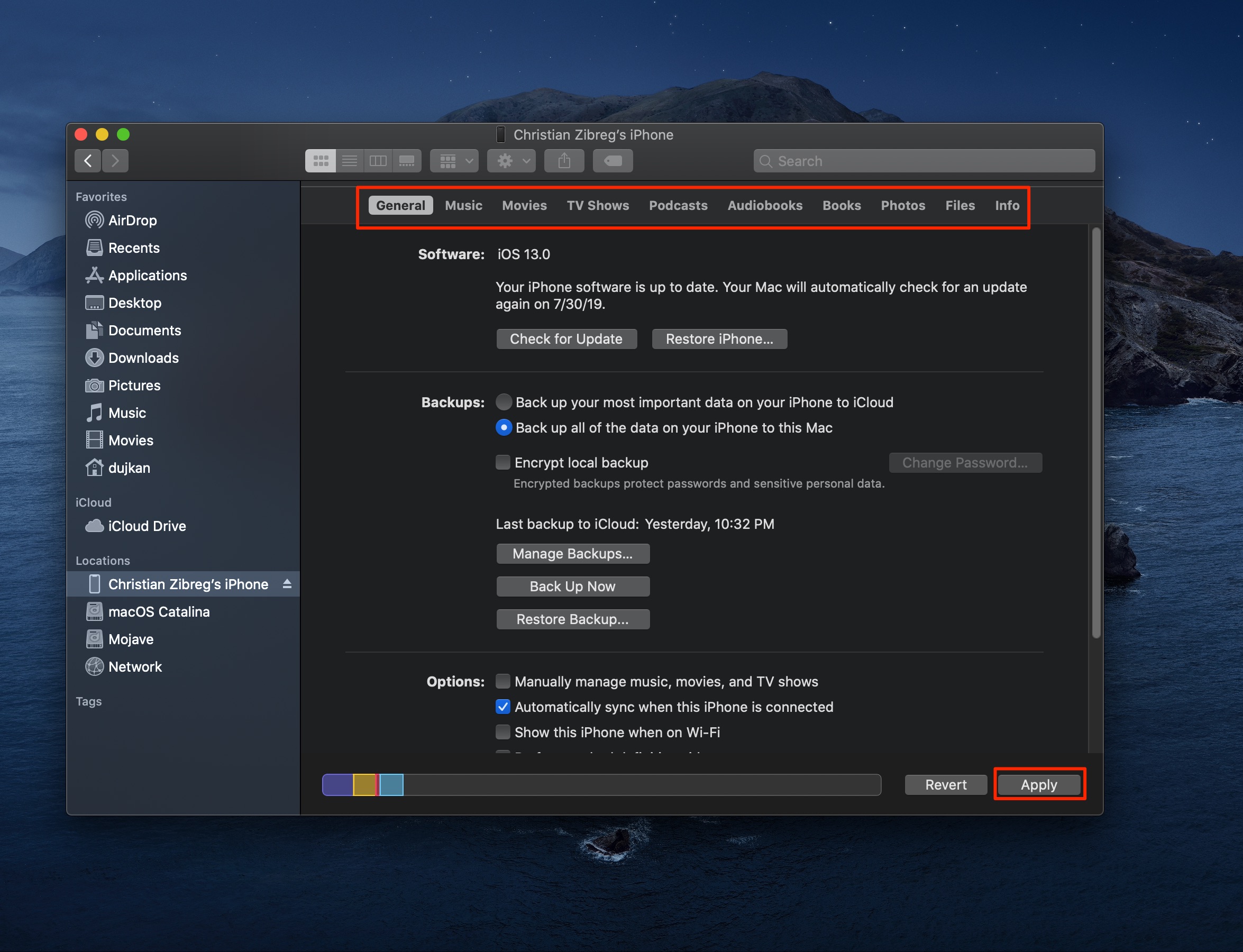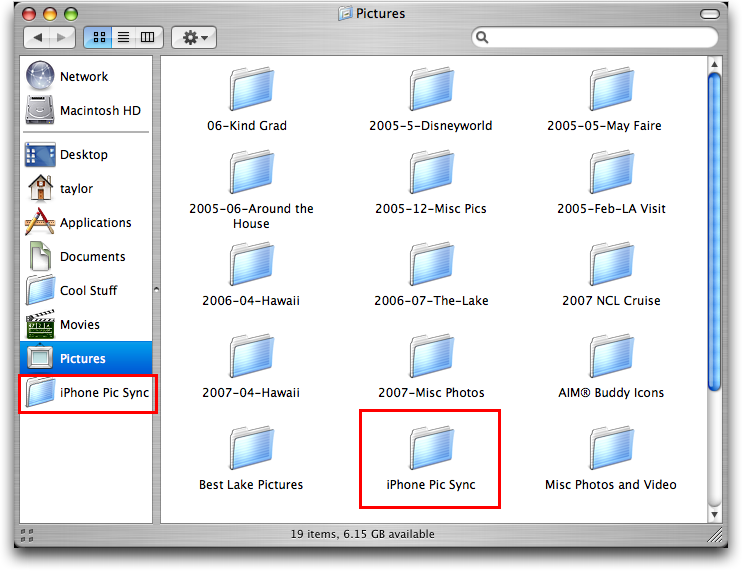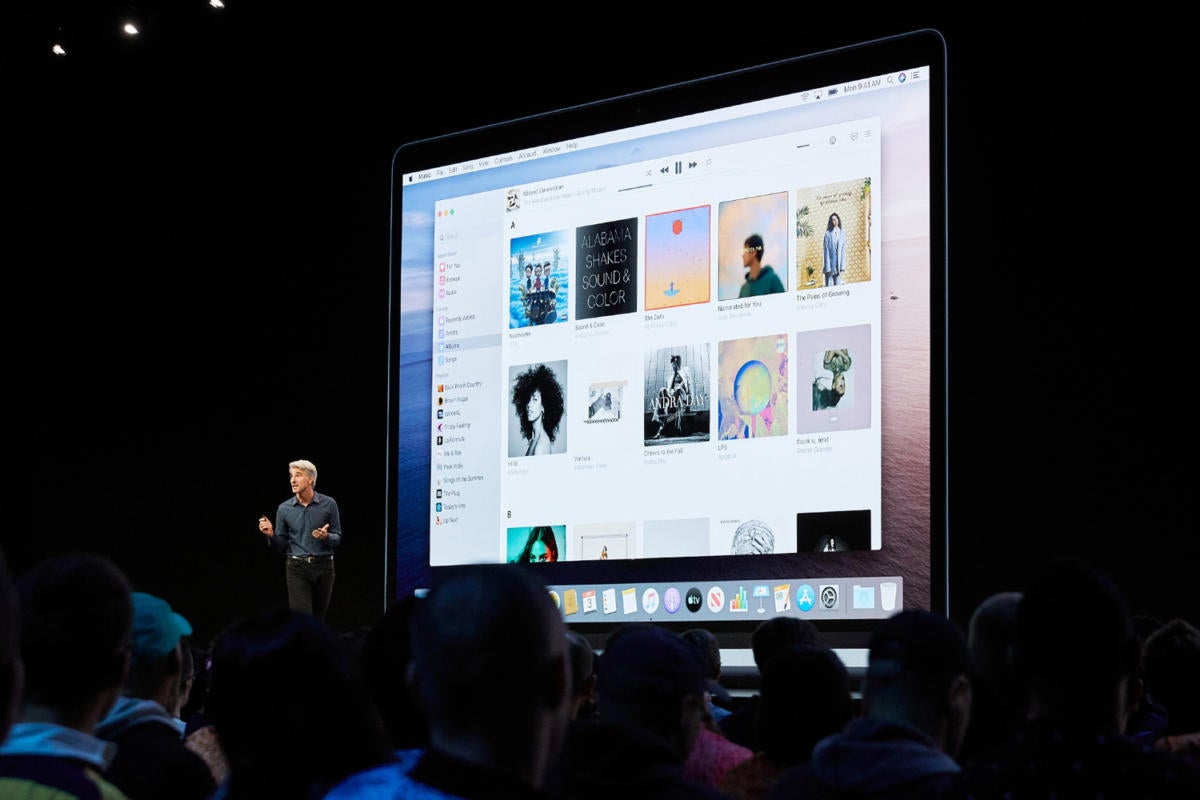Iphone Finder For Mac Os
Before you use the Finder to sync content to your iOS or iPadOS device, consider using iCloud, Apple Music, or similar services to keep content from your Mac or PC in the cloud. This way, you can access your music, photos, and more on your devices when you aren't near your computer. Learn more about using Apple Music or iCloud Photos instead of the Finder.

If you use iCloud or other services like Apple Music to keep your content up to date across all of your devices, some syncing features through the Finder might be turned off.
On Mac OS X, you can find iPhone or iPad backups created by iTunes (macOS 10.14 or earlier) or Finder (in macOS 10.15 or later) in /Library/Application Support/MobileSync. Each backup is stored in a separate folder named with a long string of random letters and numbers. Zoom is #1 in customer satisfaction and the best unified communication experience on mobile. It's super easy! Install the free Zoom app, click on 'New Meeting,' and invite up to 100 people to join you on video! Connect with anyone on iPad, iPhone, other mobile devices, Windows, Mac, Zoom Rooms, H.3. Best Utility to Quickly Unlock Screen Passcode for iPhone/iPad/iPod touch. As one of the fastest iDevice screen passcode unlockers, Joyoshare iPasscode Unlocker for Mac is aimed at removing screen lock without password from iPhone, iPad to iPod touch on Mac in a couple of clicks only. Whether your iPhone is locked due to forgotten password or broken screen, etc, this smart iPhone passcode unlocker can.
What can you sync with the Finder
- Albums, songs, playlists, movies, TV shows, podcasts, books, and audiobooks.
- Photos and videos.
- Contacts and calendars.
Commander One v2. Commander One v2 is the latest version of the popular Finder alternative. EpocCam will appear as an option in Zoom's video settings. To get started, first download the EpocCam app on your iPhone or iPad. Then head over to your Mac or PC and visit www.kinoni.com to.
Sync or remove content using the Finder
- Open a Finder window and connect your device to your computer using a USB cable. If you connect your device to your computer with a USB cable and your computer doesn't recognize your iPhone, iPad, or iPod, learn what to do.
- Your device appears in the sidebar of the Finder window. Click the device to select it.
- If prompted, trust your device.
- Select the type of content that you want to sync or remove. To turn syncing on for a content type, select the checkbox next to Sync.
- Select the checkbox next to each item that you want to sync.
- Click the Apply button in the lower-right corner of the window. If syncing doesn't start automatically, click the Sync button.

* You can only sync your device with one Apple Music or Apple TV library at a time. If you see a message that your device is synced with another Apple Music or Apple TV library, your device was previously connected to another computer. If you click 'Erase and Sync' in that message, all content of the selected type on your device will be erased and replaced with content from this computer.
Sync your content using Wi-Fi
After you set up syncing with the Finder using USB, you can set up the Finder to sync to your device with Wi-Fi instead of USB. Download rar expander for mac free.
I keep having the same problems with one app, what should I do?If you have one app that keeps freezing and you’re forced to quit it often, there could be a number of reasons. Shortcut for force quit on mac.
- Connect your device to your computer with a USB cable, then open a Finder window and select your device.
- Select “Show this [device] when on Wi-Fi.'
- Click Apply.
When the computer and the device are on the same Wi-Fi network, the device appears in the Finder. The device syncs automatically whenever it's plugged in to power.
Get help
- Learn how to sync content with iTunes.
- Learn what to do if you see an error when you try to sync your iPhone, iPad, or iPod touch.
- Learn how to redownload items that you purchased on another device.
- Learn how to import photos and videos to your computer.
I have stored about 8GB photos and videos in the Camera roll on my 64GB iPhone 6S. There is hardly any space for new pictures, and I want to save the images to my MacBook Pro. I connect my iPhone to MacBook Pro and open iPhoto to display iPhone photos. However, No pictures or videos are uploaded. I have just updated my iPhone to iOS 11, is that the problem?
iPhone not showing up on Mac or iPhone not showing up on iPhoto/Photos on Mac is a high-frequency problem for many users, especially with iPhone update to iOS 11. To help users to solve this matter, we offer all the tried and true methods on this page. Moreover, the EaseUSMobiMover Free is recommended in the second part to assist users in transferring photos, videos, music or other data from iPhone to Mac when iPhone not showing up on Mac can’t be fixed with tips below.
Part 1: Common solutions to fix iPhone now showing up on Mac
1. Change another USB cable or USB port
USB cable or USB port not working may be the first reason for iPhone not showing up on Mac or not connecting to Mac. When you are connecting iPhone to Mac, do use the original lightning cable, and try a different USB port on your Mac.
2. Unplug and plug in iPhone again
Unplug and plug in iPhone to Mac back for a few times to troubleshoot the USB cable and port problem. If this won’t work, continue and try more solutions.

Find Mac Address On Iphone
3. Restart your iPhone and Mac
iPhone or Mac restart will clear the device’s memory and starts it up fresh, which is a simple but very effective way to solve some software running problems, like the live wallpaper not working in iOS 11.
Restart iPhone 8/8 Plus/7/6
- Press and hold the Side button until the slider appears.
- Drag the slider to turn off your iPhone.
- Press and hold the sleep/wake button again until the Apple logo appears on your phone screen.
Restart iPhone X
- Press and hold the Side button and either volume up/down button until the slider appears.
- Swipe the slider to turn off your iPhone.
- Press and hold the Side button again until the Apple logo appears on your phone screen.
Restart Mac
Press the power button (or press Control+Eject) and, when a dialog box appears, click the Restart button.
4. Update Mac OS and iOS system

Different iPhone requires different Mac OS system, make sure your Mac system is higher than the system on iPhone. You'd better keep the systems on your iOS and Mac are the latest ones.
Iphone Finder Apple
5. Close third-party software
If you are running a third-party photo storage device on your Mac, the iPhone may be won't appear on Mac iPhoto. Or if there is a software conflict, the problem also can occur. Wherefore, close the related third-party tools when you meet the issue.
Part 2: How to transfer files from iPhone to Mac when iPhone not showing up on Mac
If above solutions can't fix iPhone not showing up on Mac iPhoto/Photos/Finder and you need to export photos, videos and other data from iPhone to Mac to free up iPhone space, how to do it quickly without using iTunes? As if iPhone not showing up on Mac Finder, it probably won’t be recognized by iTunes.
Here is the highly recommended EaseUS MobiMover Free to help you to transfer files from iPhone to Mac without iTunes in one-click or optionally. You can move contacts, messages, notes, calendars, voice mails, books, Safari bookmarks & history, photos, videos, music, playlists, and audiobooks without files quantity and size limitation.
Find Iphone On Mac
Step 1. Connect your iPad to your Mac with a USB cable and tap 'Trust This Computer' on your iPad if you are asked > Run EaseUS MobiMover for Mac and choose the 'Phone to Mac' on the main screen > Click the 'Next' to continue.
Find My Iphone Using Mac
Step 2. Then, MobiMover automatically reads and loads all the supported data on your iPad as the screenshot shows below. You are free to send them all or selectively export one data type at a time. Besides, you can set the destination for saving exported iPad files on your Mac. If you don't customize it by yourself, MobiMover will send them to a desktop folder named by Exported by MobiMover.
Mac Find My Iphone
Step 3. Click the 'Transfer' to import data from iPhone or iPad to Mac. When the process has completed, you can view, edit, or delete them as you want on your Mac.
